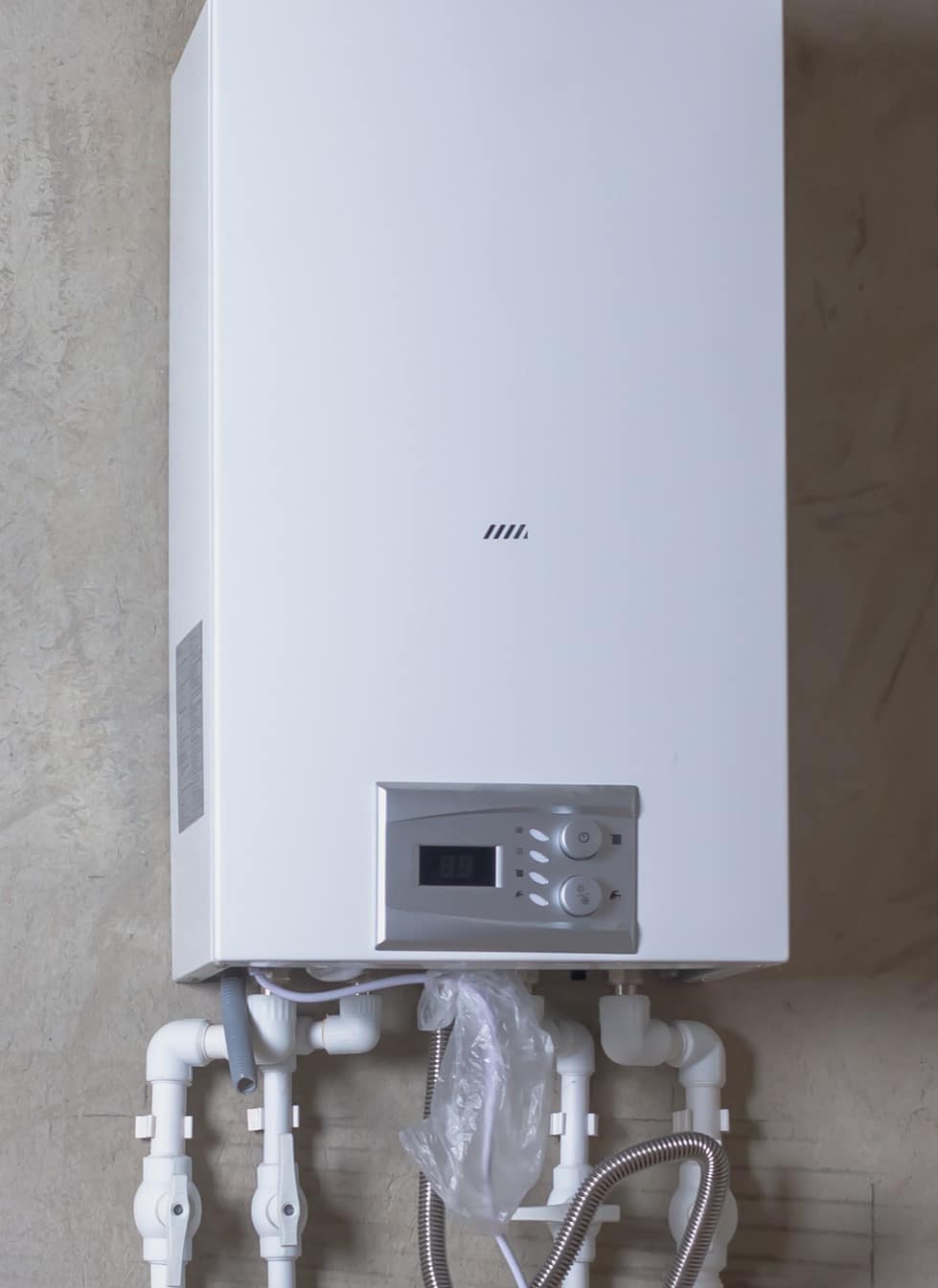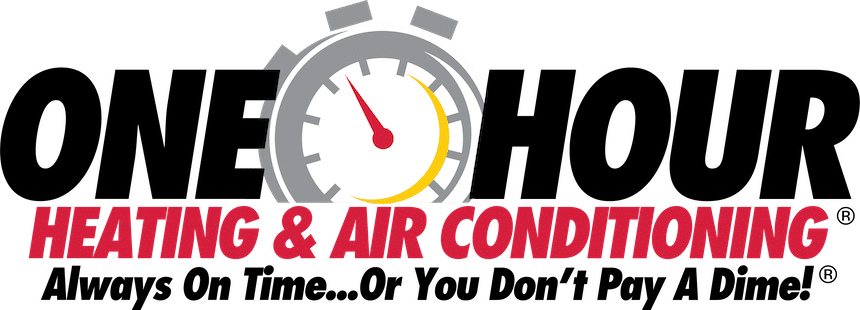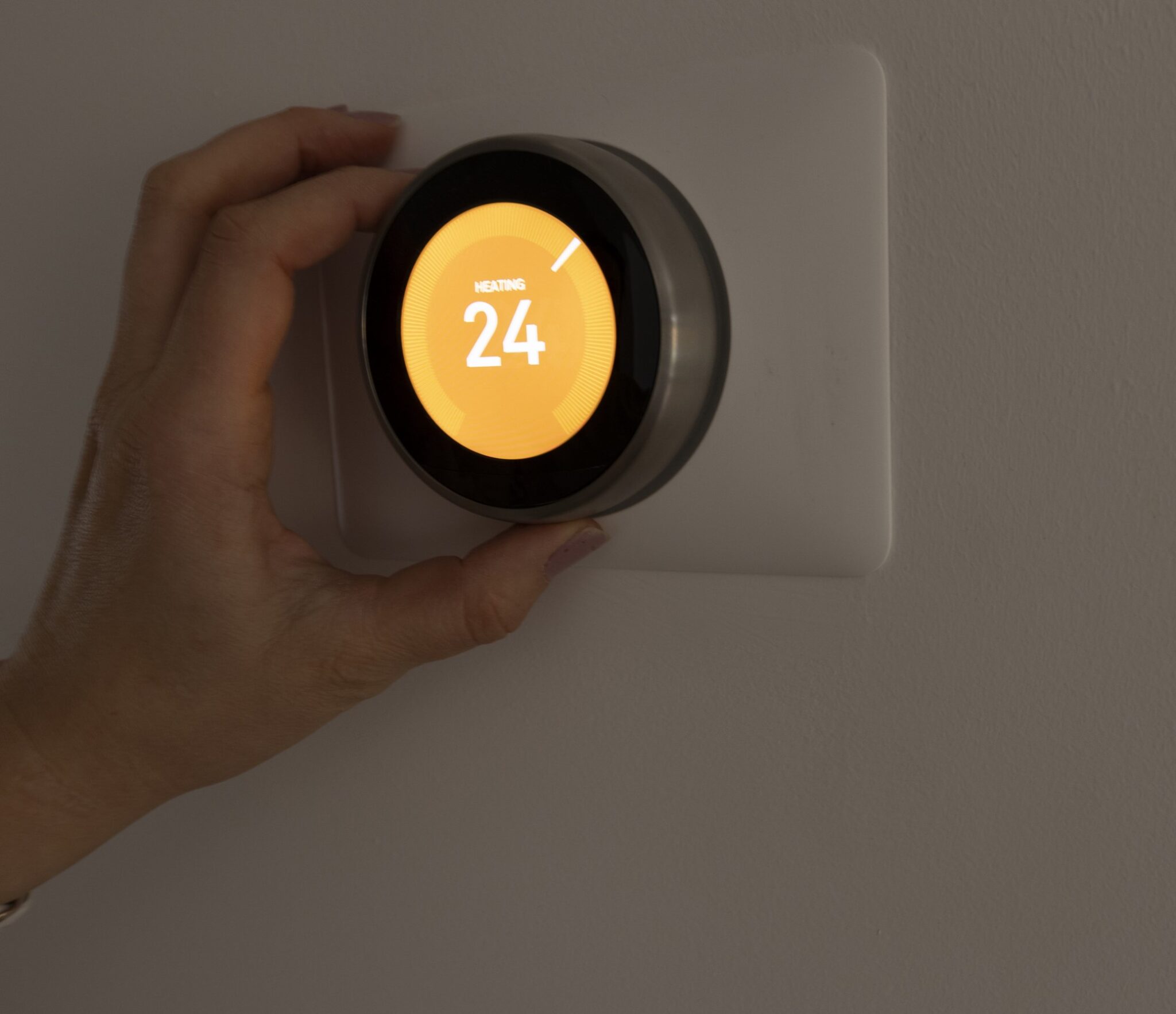- Discover essential tips to reduce energy bills this winter.
- Learn how to keep your home warm without overspending.
- Explore efficient heating methods, smart thermostats, and insulation tips.
- Understand how winter impacts energy consumption and how to counter it.
- Find out how to weatherproof your home to prevent heat loss.
- Get advice on using solar energy and landscaping for better energy efficiency.
- Applies to homes in Port Royal, Hardeeville, and Hilton Head.
- Start saving money and boost comfort with our expert energy saving strategies.
Energy saving Tips: Are you ready to reduce your energy bills this winter without sacrificing comfort? Winter months can lead to skyrocketing heating costs, but with the right strategies, you can keep your home warm and cozy while saving money. In this guide, we’ll explore practical, budget-friendly tips to improve your home’s energy efficiency.
From optimizing your heating system to sealing drafts, these simple steps can make a big difference. Whether you’re in Port Royal, Hardeeville, or Hilton Head, our expert energy saving tips will help you stay warm and save energy all season long.
Energy Saving Tips: Understanding Winter Energy Consumption
How does winter impact your energy usage? As temperatures drop, homeowners in Port Royal, Hardeeville, and Hilton Head see a surge in heating costs. The need to keep your home warm often leads to higher energy consumption, which can quickly add up.
Common energy-wasting practices include over-relying on heating systems, ignoring drafts, and neglecting insulation. These habits contribute to increased energy bills and reduced home efficiency. By understanding the root causes of energy waste, you can take steps to minimize consumption while maintaining a comfortable living environment.
Energy saving Tips: Insulating Your Home Effectively
Proper insulation is key to reducing energy costs during winter. A well-insulated home retains heat better, reducing the workload on your heating system. This means lower energy bills and a more comfortable living space.
Start by focusing on the most common areas of heat loss: windows and doors. Drafts around these areas can significantly increase your energy usage. Consider installing weather stripping around doors and using caulk to seal gaps around windows. Another effective solution is adding insulation to your attic and walls, as these are major sources of heat escape.
Don’t overlook smaller details either. For instance, using thermal curtains can add an extra layer of insulation to your windows, keeping cold air out and warm air in. Sealing leaks around electrical outlets and installing door sweeps are also easy and inexpensive ways to improve your home’s insulation.
By addressing these issues, you can create a more energy-efficient home that stays warm throughout the winter months, without relying on excessive heating.

Energy saving Tips: Optimizing Your Heating System
Optimizing your heating system is crucial to maximize energy savings this winter. A well-maintained heating system operates more efficiently, keeping your home warm without consuming excess energy.
Start with regular maintenance of your furnace or heat pump. This includes cleaning or replacing filters, checking for leaks, and ensuring the system is running smoothly. A well-maintained system can operate up to 15% more efficiently, which directly translates to lower energy bills.
Next, consider your thermostat settings. Setting your thermostat to 68°F while you’re home and lowering it when you’re asleep or away can significantly reduce energy consumption. For even better control, upgrading to a programmable or smart thermostat allows you to automate temperature adjustments, ensuring your home is only heated when necessary.
If your heating system is outdated, upgrading to a more energy-efficient model might be worth the investment. Modern systems, like ENERGY STAR-rated furnaces and heat pumps, use less energy to produce the same amount of heat, offering long-term savings.
Energy Saving Tips: Smart Thermostat Strategies
Smart thermostats are a game-changer for energy savings, especially during winter. These devices allow you to control your home’s temperature with precision, reducing unnecessary energy use and lowering your heating bills.
One of the primary benefits of smart thermostats is their ability to learn your schedule. By automatically adjusting the temperature based on when you’re home or away, a smart thermostat ensures that your heating system isn’t working overtime when it doesn’t need to. For example, you can program it to lower the temperature while you’re asleep or at work and to warm up just before you wake up or return home.
Another advantage is the remote control feature. Whether you’re in Port Royal, Hardeeville, or Hilton Head, you can adjust your thermostat from anywhere using your smartphone. This means if your plans change, you can easily modify your home’s temperature to avoid wasting energy.
Popular smart thermostat models like the Nest Learning Thermostat or the Ecobee SmartThermostat also provide energy reports, helping you track your usage and identify opportunities for further savings.
Energy Saving Tips: Energy-Efficient Lighting Options
Lighting is often overlooked in the quest for energy savings during winter, but making simple changes can have a significant impact on your energy bills. By switching to energy-efficient lighting options, you can reduce your energy consumption without sacrificing brightness or comfort.
One of the easiest ways to improve energy efficiency is by replacing traditional incandescent bulbs with LED bulbs. LEDs use up to 75% less energy and last much longer, making them a cost-effective choice for your home. They are available in a variety of colors and brightness levels, allowing you to create the perfect ambiance while saving energy.
Utilizing natural light is another smart strategy. During the day, keep curtains and blinds open to let in as much sunlight as possible. This reduces the need for artificial lighting and can even provide some passive heating, further lowering your energy use.
For even greater control over your lighting, consider installing timers or dimmers. Timers can automatically turn off lights when they’re not needed, while dimmers allow you to adjust the brightness to suit your needs, reducing energy use when full brightness isn’t necessary.
Energy saving Tips: Appliance Use and Maintenance
Appliances play a significant role in your home’s energy consumption, especially during winter when heating and cooking needs increase. By optimizing how you use and maintain your appliances, you can achieve substantial energy savings.
First, take advantage of the energy saving settings on your appliances. Many modern appliances, like washing machines, dishwashers, and refrigerators, come equipped with eco-friendly modes that use less water and energy. For instance, using cold water for laundry and air-drying dishes can cut down on energy use.
Regular maintenance is also crucial for keeping your appliances running efficiently. Clean the lint filter in your dryer after each use to improve its efficiency. Likewise, vacuum the coils behind your refrigerator annually to ensure it runs smoothly without overworking. For ovens and stoves, check the seals on the doors to prevent heat loss during cooking.
Another easy way to save energy is by unplugging devices when they’re not in use. Many appliances and electronics consume energy even when turned off, a phenomenon known as phantom load. By simply unplugging these devices or using power strips that can be turned off, you can prevent unnecessary energy waste.

Energy Saving Tips: Managing Hot Water Usage
Hot water usage can be a significant source of energy consumption during winter. By managing how you use hot water, you can reduce energy waste and lower your bills without sacrificing comfort.
One of the easiest ways to save energy is by lowering the temperature on your water heater. Setting your water heater to 120°F is usually sufficient for most household needs, and it reduces the amount of energy required to maintain hotter water. This simple adjustment can lead to significant savings over time.
Installing an energy-efficient water heater is another smart move. If your current water heater is old or inefficient, upgrading to a model like a tankless or solar water heater can make a big difference. These systems heat water on demand, which means they don’t waste energy keeping a large tank of water hot when it’s not needed.
Additionally, insulating your water pipes is an effective way to prevent heat loss as water travels from the heater to your faucets. This simple and inexpensive measure can keep your water warmer for longer, reducing the need to run the tap and waiting for it to heat up.
Energy saving Tips: Weatherproofing Windows and Doors
Weatherproofing your windows and doors is one of the most effective ways to improve your home’s energy efficiency during winter. By preventing drafts and minimizing heat loss, you can keep your home warmer without relying as much on your heating system.
Start by installing storm windows, which provide an extra layer of insulation by trapping air between the window panes. This barrier helps reduce heat transfer, keeping the cold air out and the warm air in. If storm windows aren’t an option, you can use plastic window insulation kits, which are affordable and easy to install.
Adding weather stripping around doors and windows is another simple yet powerful method to seal gaps where warm air might escape. Weather stripping comes in various forms, such as adhesive-backed foam or rubber, and can be applied around window sashes, door frames, and any other areas where you notice drafts.
Thermal curtains are also a great addition for winter months. These curtains are made from thick, insulated fabric that helps block out cold air and retain heat inside your home. By closing them at night and during particularly cold days, you can further enhance your home’s warmth and energy efficiency.
Energy Saving Tips: Utilizing Solar Energy
Even in winter, solar energy can be a valuable resource for reducing your energy bills. While it’s true that there’s less sunlight during the winter months, modern solar technology is designed to be efficient even with shorter days and weaker sun.
One of the primary ways to utilize solar energy is by installing solar panels. These panels convert sunlight into electricity, which can power your home and reduce your reliance on the grid. Although the upfront cost can be significant, many homeowners in Port Royal, Hardeeville, and Hilton Head find that the long-term savings make it a worthwhile investment, especially with local incentives and rebates available.
Solar water heaters are another effective option. These systems use solar energy to heat water, providing a consistent supply of hot water without drawing from your home’s main energy source. This can significantly reduce your energy consumption, particularly if you’ve already taken steps to manage your hot water usage.
For those not ready to invest in a full solar setup, consider smaller solar-powered devices, like outdoor lights or chargers. These can help you start reducing your energy use with a minimal initial investment.
Energy Saving Tips: Energy Saving Tips for the Kitchen
The kitchen is one of the most energy-intensive areas of your home, especially during winter when more time is spent indoors cooking and baking. However, with a few smart strategies, you can reduce your kitchen’s energy consumption without compromising your culinary efforts.
One of the innovative energy saving tips is to consider using efficient cooking methods. For instance, using a microwave or slow cooker instead of your oven can save energy, as these appliances typically consume less power. When using the oven, try to cook multiple dishes at once to make the most of the heat, and avoid opening the oven door frequently, as this allows heat to escape.
Refrigerators and freezers are major energy users in the kitchen, but simple adjustments can help them run more efficiently. Set your refrigerator to 37°F and your freezer to 0°F for optimal performance. Ensure that the door seals are tight, and avoid overloading the compartments, as overcrowding can prevent proper air circulation, causing the appliance to work harder.
Small appliances like toasters, coffee makers, and blenders are often left plugged in when not in use, leading to unnecessary energy consumption. Unplugging these devices or using power strips can help eliminate this “phantom” energy drain.
Energy Saving Tips: The Role of Landscaping in Energy Efficiency
Landscaping isn’t just about aesthetics—it can also play a crucial role in improving your home’s energy efficiency, especially during the winter. By strategically planning your landscaping, you can reduce heating costs and create a more comfortable home environment.
One of the most effective landscaping strategies is planting windbreaks. Trees and shrubs planted on the windward side of your home, typically the north or northwest, can block cold winds and reduce heat loss. Evergreen trees are particularly effective because they retain their foliage year-round, providing consistent protection. For homeowners in Hardeeville, local evergreens like Southern Pines are excellent choices for this purpose.
In addition to windbreaks, strategically placing trees and shrubs around your home can also provide insulation. Dense plantings close to your home can create a “dead air” space that acts as an extra layer of insulation, helping to keep your home warmer. Deciduous trees, which lose their leaves in winter, can be planted on the south side of your home to allow sunlight in during winter while shading your home in the summer.
For those in areas like Hilton Head, where coastal winds are a concern, consider using taller hedges or fences to buffer your home from these winds. This can further enhance your home’s insulation and reduce heating needs.
Energy saving Tips: DIY Energy Audits
Conducting a DIY energy audit is a simple and cost-effective way to identify energy inefficiencies in your home. By following a few steps, you can pinpoint areas where your home may be losing energy and take action to improve its efficiency, especially during the winter months.
One of the innovative energy saving tips is to start by examining your home’s insulation. Check the attic, walls, and basement to ensure they are properly insulated. Inadequate insulation is a common cause of heat loss, leading to higher energy bills. You can use a thermal imaging camera or an infrared thermometer, both available at most hardware stores, to identify cold spots that may indicate poor insulation.
Next, inspect windows and doors for drafts. On a windy day, walk around your home and feel for air leaks around windows, doors, and electrical outlets. You can use a lit incense stick or a candle to help detect drafts—the smoke or flame will flicker where air is entering. Seal any gaps you find with caulk, weather stripping, or draft stoppers.
Another important step is to check your heating and cooling systems. Ensure that your furnace or heat pump is running efficiently by inspecting the filters, vents, and ducts. Dirty filters and blocked vents can reduce system efficiency, leading to higher energy consumption.
Energy Saving Tips: Budget-Friendly Energy Saving Tips
Improving your home’s energy efficiency doesn’t have to break the bank. There are many budget-friendly ways to reduce energy consumption and lower your bills during the winter months.
One of the simplest and most cost-effective measures is sealing leaks and drafts. As mentioned earlier, weather stripping and caulking around doors and windows can prevent warm air from escaping and cold air from entering. You can also use draft stoppers at the base of doors to block out the cold. These inexpensive solutions can have a big impact on your home’s warmth and energy use.
One of the innovative energy saving tips is upgrading your home’s lighting. Replacing incandescent bulbs with LED bulbs is a quick and affordable way to cut down on energy costs. LED bulbs use less electricity and last much longer than traditional bulbs, making them a smart investment for any home.
Thermal curtains are another budget-friendly option. These curtains are designed to insulate windows, keeping warm air inside and cold air out. By simply closing them at night, you can make a noticeable difference in your home’s temperature without needing to crank up the heat.
Simple habits can also lead to significant savings. For example, lowering your thermostat by just a few degrees when you’re asleep or away from home can reduce your heating bill. Also, consider using a programmable thermostat to automatically adjust the temperature, ensuring your home is only heated when needed.
FAQs about Energy saving Tips
-
What’s the most effective way to lower heating bills?
Lower your thermostat by a few degrees and seal drafts around windows and doors to prevent heat loss.
-
How can I tell if my home needs better insulation?
Check for uneven temperatures, drafts, or high energy bills. You can also use a thermal camera to spot cold spots.
-
Are smart thermostats really worth it in winter?
Yes, smart thermostats can optimize heating schedules, reduce energy waste, and lower your bills.
-
How do I reduce energy waste with my refrigerator?
Set the temperature to 37°F, ensure door seals are tight, and avoid overloading it for better efficiency.
-
What are some low-cost ways to improve energy efficiency?
Seal drafts, use LED bulbs, and lower your thermostat when not home for easy and affordable savings.











